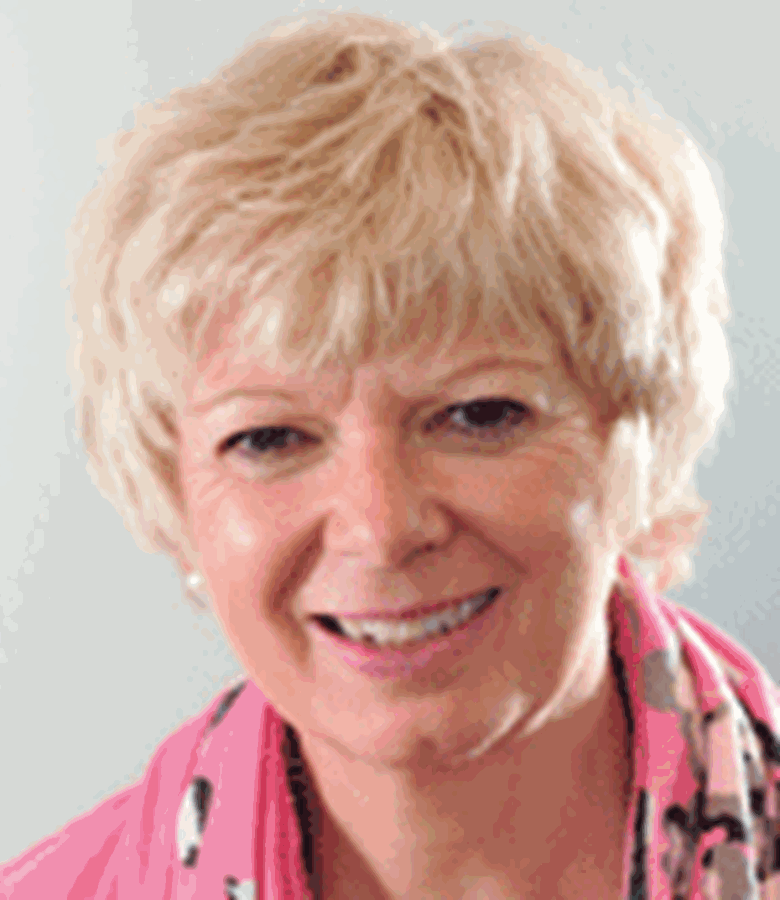Children's scores in the EYFS Profile continue to rise, but gender gap persists
Catherine Gaunt
Thursday, October 20, 2011
Children are continuing to do better at school at the end of the EYFS, the latest statistics for the Early Years Foundation Stage Profile show.

The number of children achieving a good level of development by the end of the Reception year has risen from 56 per cent in 2010 to 59 per cent this year. Sue Robb, 4 Children’s head of early years, (pictured), said, ‘In number terms, another 18,000 more children are achieving a good level of development. I feel the results are a real achievement for the sector. The upward trend is continuing and it shows that the investment in early years is paying off. All children have improved and the gap has narrowed as well.’
Sue Robb, 4 Children’s head of early years, (pictured), said, ‘In number terms, another 18,000 more children are achieving a good level of development. I feel the results are a real achievement for the sector. The upward trend is continuing and it shows that the investment in early years is paying off. All children have improved and the gap has narrowed as well.’
Children are considered to have achieved a good level of development if they achieve a total of six or more points out of a possible total of nine points in the personal, social and emotional development (PSED) and communication, language and literacy (CLL) early learning goals and 78 points or more in total.
In CLL all children have gained two percentage points in all four scales of assessment.
Ms Robb said, ‘What’s come out of this is that the marked increase in CLL is a real testament to the work being done in early language.’
She highlighted in particular the Every Child A Talker programme, as being particularly successful in supporting children’s language development.
The figures also show that the gap is narrowing between children from the 30 per cent
most deprived areas and children in other areas.
The number of children in the 30 per cent most deprived areas achieving a good level of development has increased from 42 per cent in 2009 to 51 per cent in 2011.
This compares with 63 per for children in other parts of the country, a gap of 12 percentage points.
The gap has narrowed by two percentage points since 2010. Throughout England, the achievement gap between the lowest 20 per cent of children in the EYFS and other children has narrowed by 1.4 percentage points since 2010.
Girls continue to do better than boys with the largest gender gap continuing to be in writing, where girls are 19 percentage points ahead of boys, with 77 per cent of girls working securely within this goal, compared with 58 per cent of boys.
Children’s minister Sarah Teather said, ‘It’s encouraging to see a small improvement from last year. This is a testament to the hard work of early years professionals. However, it is not good enough that more than two out of five children start school without the solid foundation they need to succeed and that boys continue to lag behind girls.
‘That’s why we are improving the Early Years Foundation Stage and radically slimming down the curriculum so that it is more focused on getting children ready and able to take advantage of the opportunities they will get at school. From next September we are cutting down the number of early learning goals children need to reach at age five, with a stronger focus on the key skills that they will need to thrive as they grow up. All early years settings will also have to provide a new progress check for every two-year-old to pick up early any problems in a child’s development or special educational needs.’




